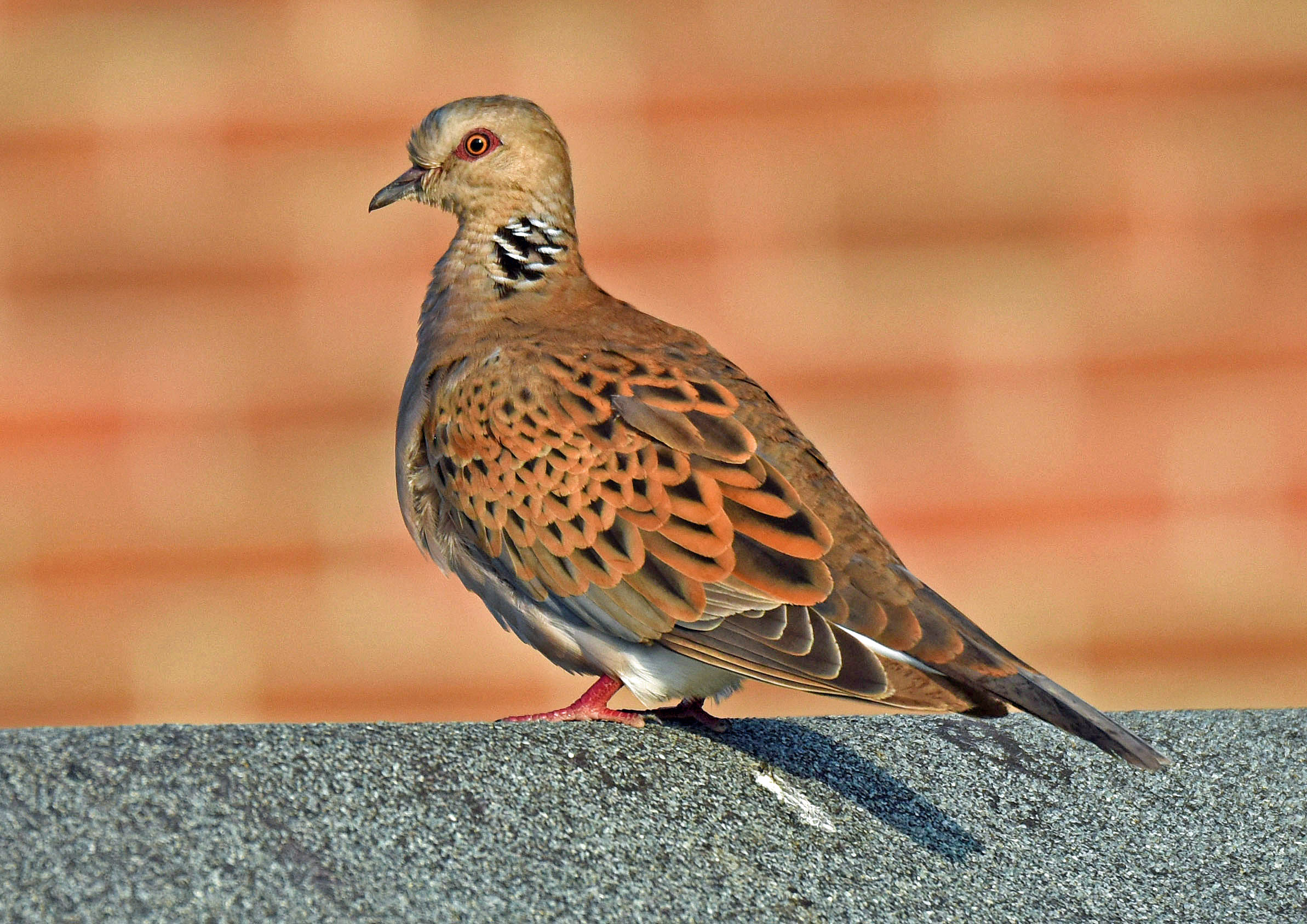Tagged European Turtle Dove returns to Essex
RSPB scientists have succeeded in mapping the complete migratory route of a British-breeding European Turtle Dove for only the second time, after a bird fitted with a tracking device in East Anglia last summer arrived back in the UK last week.
The bird, named Lawford after the Essex village where he was fitted with his tracker last summer, crossed the English Channel to arrive back in the UK on Friday 5 May. After a layover in Croydon and short detour via Suffolk, Lawford made his way to within two miles of where he was first found in 2016, adding to evidence that is helping scientists understand the importance of European Turtle Doves' faithfulness to their established breeding territories.
The species is Europe's only migratory dove. Every autumn they cross the Mediterranean Sea and Sahara desert to reach their wintering grounds in Africa, returning to their European breeding grounds in the spring. Since leaving Essex in September last year, Lawford has travelled over 6,000 miles, stopping in (or flying over) six other countries: France, Spain, Morocco, Western Sahara, Mauritania and Mali.
European Turtle Doves' return to the UK traditionally marks the arrival of spring, but the sound of their soft, purring song is becoming increasingly scarce in most parts of the British countryside. The number breeding in Britain has plummeted since the 1970s — a trend that has continued in recent decades — making them one of the UK's fastest declining birds.
Operation Turtle Dove, a partnership project that aims to reverse the species' decline in the UK, has seen conservationists working closely with farmers and landowners to provide suitable breeding and feeding habitat in areas of the east and south-east of England, where they still breed.
In parallel with these efforts, RSPB researchers have been using satellite tracking technology to follow the doves and learn more about the pressures they face on migration and in their wintering grounds.

European Turtle Dove has become a genuine rarity in many parts of Britain over the past 20 years (Photo: Tony Hovell)
RSPB Conservation Scientist John Mallord said: "Research has shown that the main driver of European Turtle Dove decline in the UK is the loss of food for the birds from the countryside due to changes in the farmed landscape. Farmers and landowners are working hard alongside Operation Turtle Dove to address this problem, but as migratory birds European Turtle Doves also face many threats and pressures outside this country.
"Between leaving in September and arriving back this May, Lawford will have faced threats such as legal autumn hunting in Europe, had to survive the harsh environmental conditions encountered crossing the Sahara, and find enough food and water over the winter to prepare for his return journey.
"Having overcome all of these existential challenges to make it back to his breeding territory, we now have to hope that he can find a mate and enough food to successfully breed and help sustain the UK Turtle Dove population. If he does, it will be in no small part thanks to the efforts of farmers and landowners who are helping Turtle Doves on their land."
You can follow the journeys of Lawford and the other satellite-tagged European Turtle Doves on the RSPB website: www.rspb.org.uk/turtledovetracking
To learn more about Operation Turtle Dove and what you can do to help European Turtle Doves in the UK, please visit operationturtledove.org

